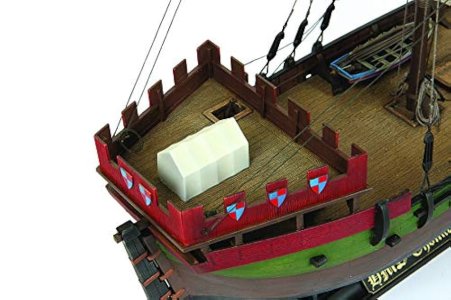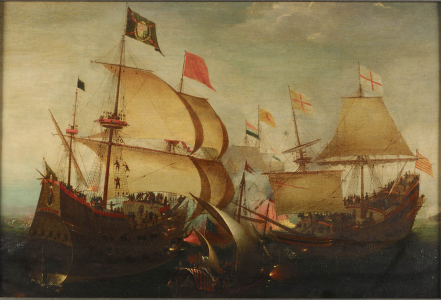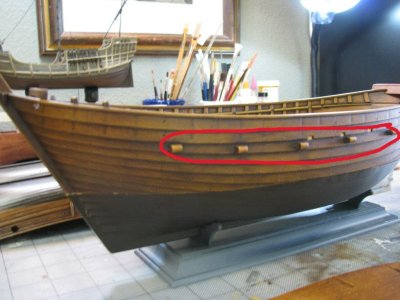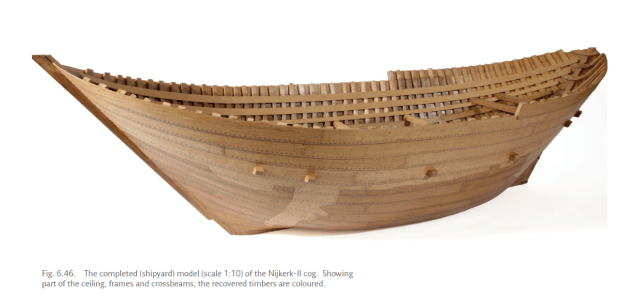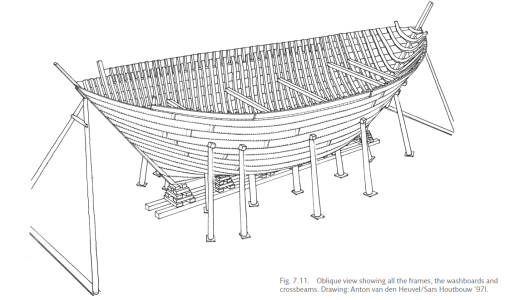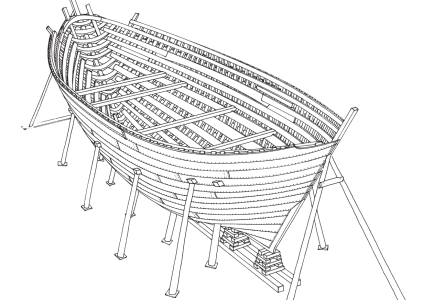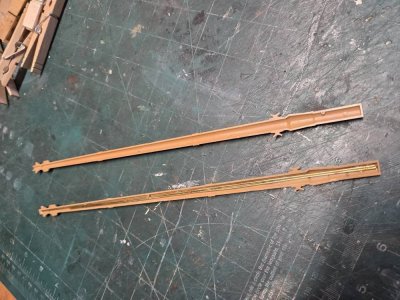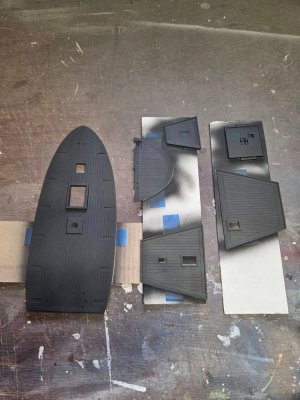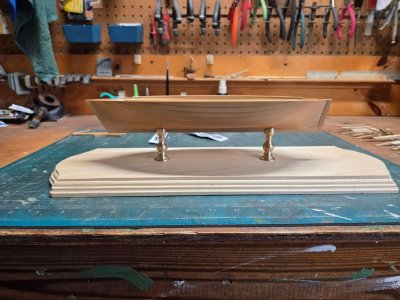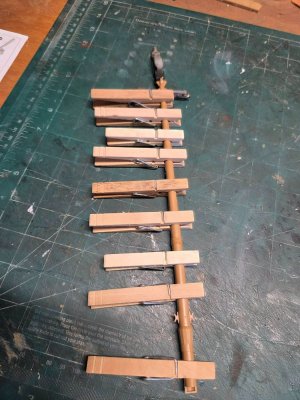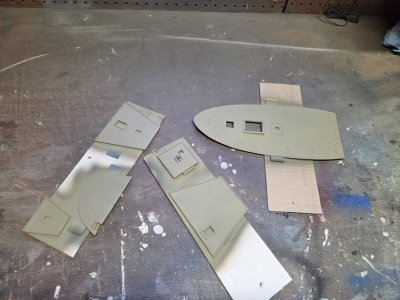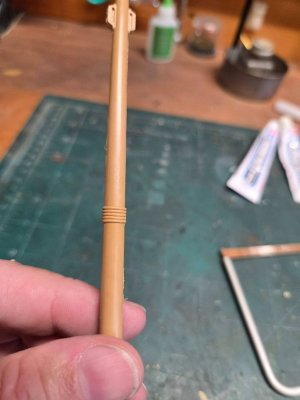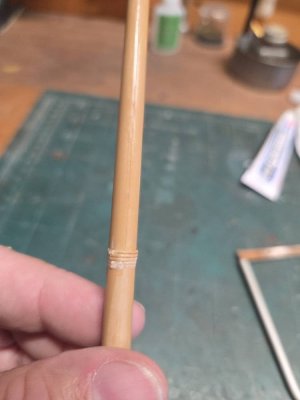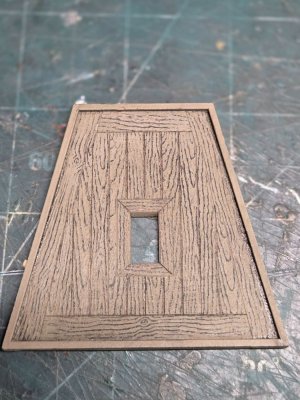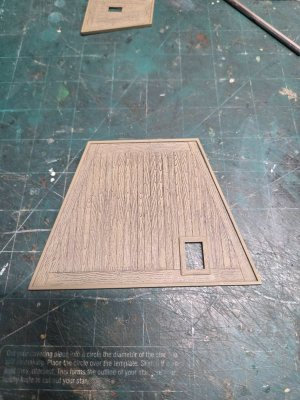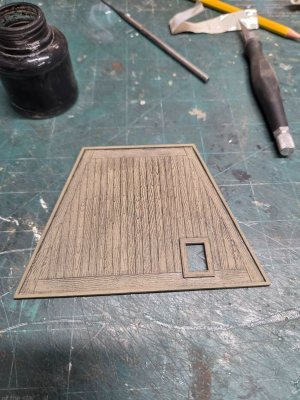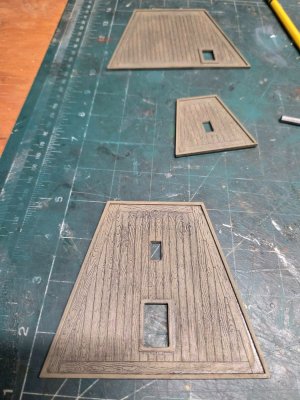- Joined
- Sep 18, 2022
- Messages
- 176
- Points
- 113

I took a break from slapping plastic together after the last mess called Mayflower from Trumpeter. I pulled down the next contestant on The Build Is Right.....
The Zvezda Medieval Ship Thomas. From reading a long post on FineScale Modeler from 2013, the ship is supposed to represent a ship of Henry the VIII's Navy or there abouts. The artwork looks to be mainly Earth tones, but many of the built-up kits have blues/green upper hulls, I'm starting to do entry level research on Henry's Navy.Has any of the members built up the kit yet? Any pitfalls? Any post you can direct me to? Thanks
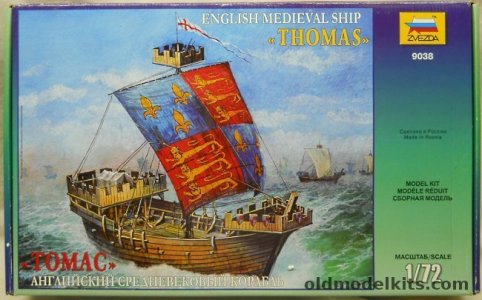
The Zvezda Medieval Ship Thomas. From reading a long post on FineScale Modeler from 2013, the ship is supposed to represent a ship of Henry the VIII's Navy or there abouts. The artwork looks to be mainly Earth tones, but many of the built-up kits have blues/green upper hulls, I'm starting to do entry level research on Henry's Navy.Has any of the members built up the kit yet? Any pitfalls? Any post you can direct me to? Thanks

Last edited:


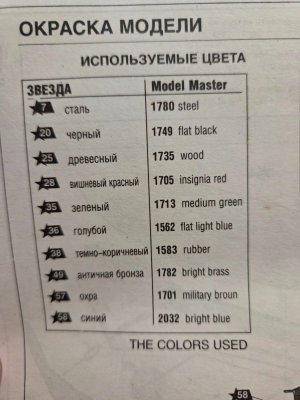
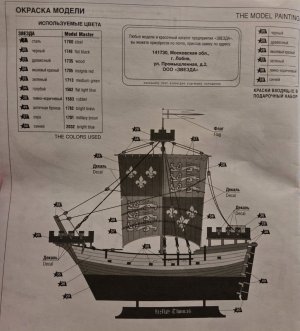

 as a starting point but try to do your own research. You will probably do a more thorough job than an employee of the model manufacturer. Fair winds!
as a starting point but try to do your own research. You will probably do a more thorough job than an employee of the model manufacturer. Fair winds!